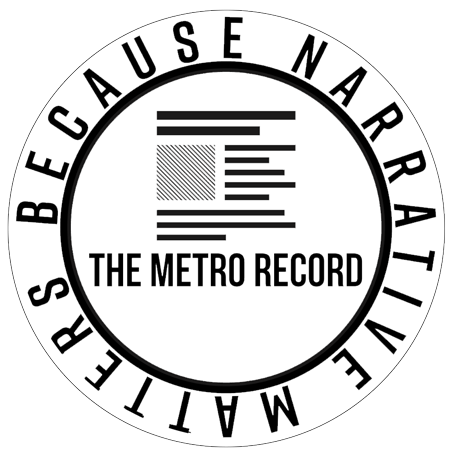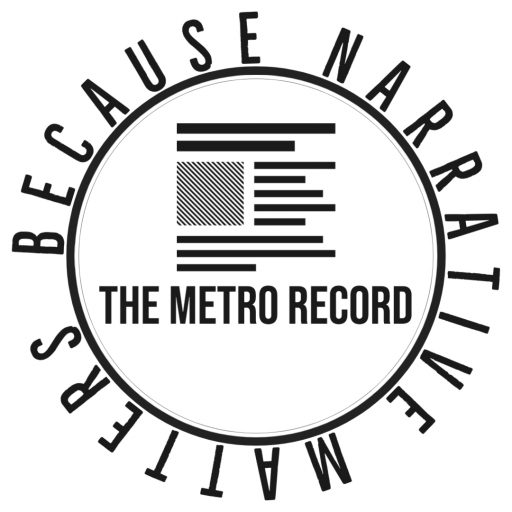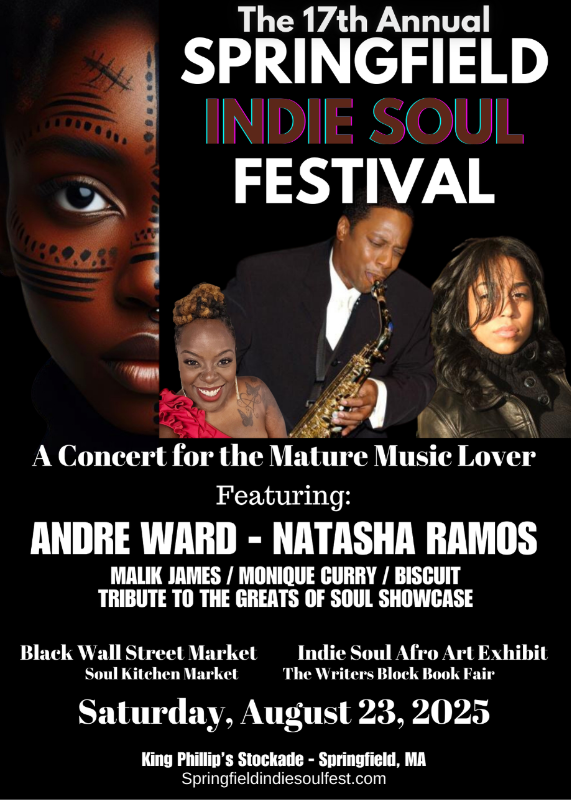By Alexa Spencer,
Word In Black
As a medical doctor of over 30 years who focuses on African-American health, Dr. Gregory Hall doesn’t mess around when it comes to managing high blood pressure.
The Cleveland, Ohio-based physician and professor say the condition — also known as hypertension — is the main reason people experience strokes.
“Hypertension is present in over 90 percent of hemorrhagic strokes,” Hall told Word In Black in a video interview. “What do we do about it?… We need to better control our blood pressure.”
High blood pressure occurs when the force of blood flowing through a person’s blood vessels is too high. It’s more common among Black adults than among White, Asian American, and Hispanic adults.
Having been coined as “the silent killer,” undiagnosed or untreated high blood pressure can lead to vision loss, heart failure, and as Hall mentioned stroke.
“Three out of four African-Americans at age 55 have hypertension. So, I look for it,” he said.
What is a stroke? And what does it feel like to have one?
A stroke sometimes called a “brain attack,” can cause long-term brain damage. It’s not always fatal, but it can be. For Black adults, their chances of dying by stroke are three times that of White adults.
Hall says these sudden deaths are common but are sometimes misclassified as heart attack-related.
“Many times, it’s not a heart attack. It’s a stroke [but] they’re not trying to do an autopsy on everybody they find dead,” he said.
When it comes to first-time nonfatal strokes, Black women are twice as likely as White women to suffer them, while Black adults overall are 50 percent more likely than White adults.
Black people are also more likely to experience a second stroke within two years of their first one.
There are two types of stroke: ischemic stroke — when a blood clot cuts off blood flow in a blood vessel within the brain — and hemorrhagic stroke — when a blood vessel bursts within the brain.
There are two ways for a stroke to occur, a blocked artery and a ruptured artery. (Photo courtesy of the National Center for Chronic Disease Prevention and Health Promotion, Division for Heart Disease and Stroke Prevention)
High blood pressure can trigger a stroke by causing vessels to become blocked or burst.
Having a stroke is a serious event and requires emergency medical care. During a stroke, a person may experience sudden numbness or weakness on one side of the body, trouble speaking, loss of balance, and severe headache.
In an episode of his podcast, Better Black Health, Hall spoke with one of his patients, Michael Oatman, who recalls having a stroke while at a university retreat.
It happened when one of Oatman’s students knocked on his hotel door and asked if he was coming down for food.
“I said ‘yeah, yeah, yeah. Give me a minute. Let me grab my phone,’” Oatman said on the podcast.
But Oatman’s phone was already in his hand.
“I couldn’t feel it, but the phone was in my hand, and my whole arm had gone numb,” he told Hall. “So, then I went into the mirror and I then tried to smile and my face was doing weird stuff on one side.”
Oatman says Hall probably taught him to check for numbness in his face. He was rushed to the hospital but had to be transferred from one hospital to another due to inadequate care.
“I just lost a lot of function on my right side. I couldn’t control my arm. My leg was all banged up and couldn’t move it,” Oatman said.
How to manage high blood pressure
Oatman was also among the 55 percent of African-Americans living with high blood pressure when he suffered a stroke.
Hall says there are ways to safely manage hypertension, starting with purchasing and using a blood pressure monitor at home.
“You need one of these in your kitchen,” he said.
Continued on Pg. 8
He also encourages not avoiding blood pressure medicine when it’s needed, which he said people brag about.
“It’s better to have controlled blood pressure than not be on medicine,” he said. “You want to brag about something? Brag about having controlled blood pressure. “
Lastly, in addition to exercising, Hall says to cut the amount of salt used in food and resist the urge to reuse grease when frying foods.
“Initially, things won’t taste as flavorful, but then over time it’ll taste more flavorful, but with less salt, because your taste buds will adjust,” he said.
Other risk factors for stroke
“Diabetes and smoking are also major contributors to hemorrhagic stroke,” said Hall, who wrote a book on health disparities in the Black community.
In addition to these risks, experiencing racism can create high blood pressure, and consequently, raise a person’s risk of stroke.
“People that experience racism or discrimination or unfair practices, that’s stressful. And that drives up our cortisol, which is a chemical. It causes…constriction, increases our blood pressure, [and] that increases our risk for stress.”
Overall, Hall says he’s seen a drop in the rates of stroke in the Black community, as well as uncontrolled hypertension. But the progress is owed to patients accessing proper treatment.
“All those things have gone down over the last thirty years objectively. I’ve seen it, but also the data sort of bears that out.”





